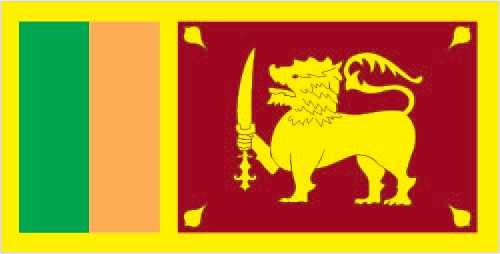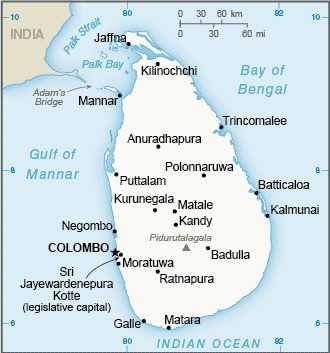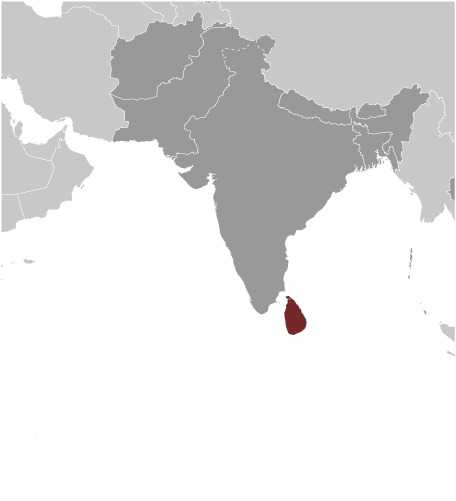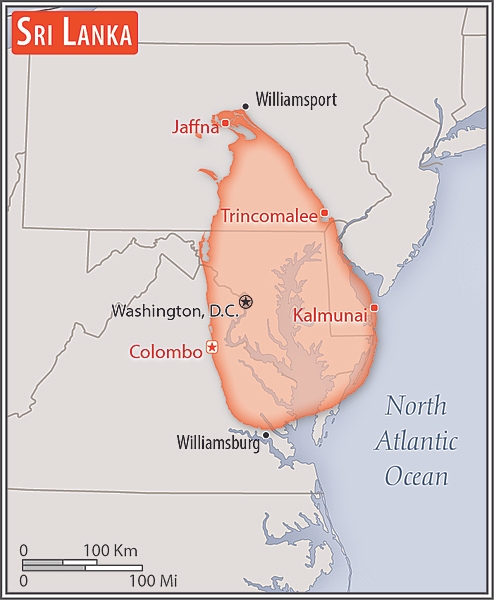Introduction
Visit the Definitions and Notes page to view a description of each topic.
Geography
People and Society
Population
comparison rankings: total 61; male 62; female 60
Median age
comparison ranking: total 107
Population growth rate
comparison ranking: 159
Birth rate
comparison ranking: 116
Death rate
comparison ranking: 101
Net migration rate
comparison ranking: 179
Maternal mortality ratio
comparison ranking: 126
Infant mortality rate
comparison ranking: total 157
Life expectancy at birth
comparison ranking: total population 100
Total fertility rate
comparison ranking: 93
Obesity - adult prevalence rate
comparison ranking: 182
Alcohol consumption per capita
comparison ranking: total 122
Tobacco use
comparison ranking: total 82
Children under the age of 5 years underweight
comparison ranking: 14
Education expenditure
comparison ranking: Education expenditure (% GDP) 188
Environment
Carbon dioxide emissions
comparison ranking: total emissions 88
Government
Economy
Real GDP (purchasing power parity)
comparison ranking: 62
Real GDP growth rate
comparison ranking: 41
Real GDP per capita
comparison ranking: 130
Inflation rate (consumer prices)
comparison ranking: 5
GDP - composition, by sector of origin
comparison rankings: agriculture 83; industry 82; services 107
Industrial production growth rate
comparison ranking: 6
Labor force
comparison ranking: 62
Unemployment rate
comparison ranking: 88
Youth unemployment rate (ages 15-24)
comparison ranking: total 45
Gini Index coefficient - distribution of family income
comparison ranking: 56
Public debt
comparison ranking: 41
Taxes and other revenues
comparison ranking: 130
Current account balance
comparison ranking: 53
Reserves of foreign exchange and gold
comparison ranking: 92
Debt - external
comparison ranking: 19
Energy
Electricity
comparison rankings: installed generating capacity 89; consumption 85; transmission/distribution losses 114
Energy consumption per capita
comparison ranking: 145
Communications
Telephones - fixed lines
comparison ranking: total subscriptions 54
Telephones - mobile cellular
comparison ranking: total subscriptions 47
Broadband - fixed subscriptions
comparison ranking: total 61
Transportation
Merchant marine
comparison ranking: total 92





